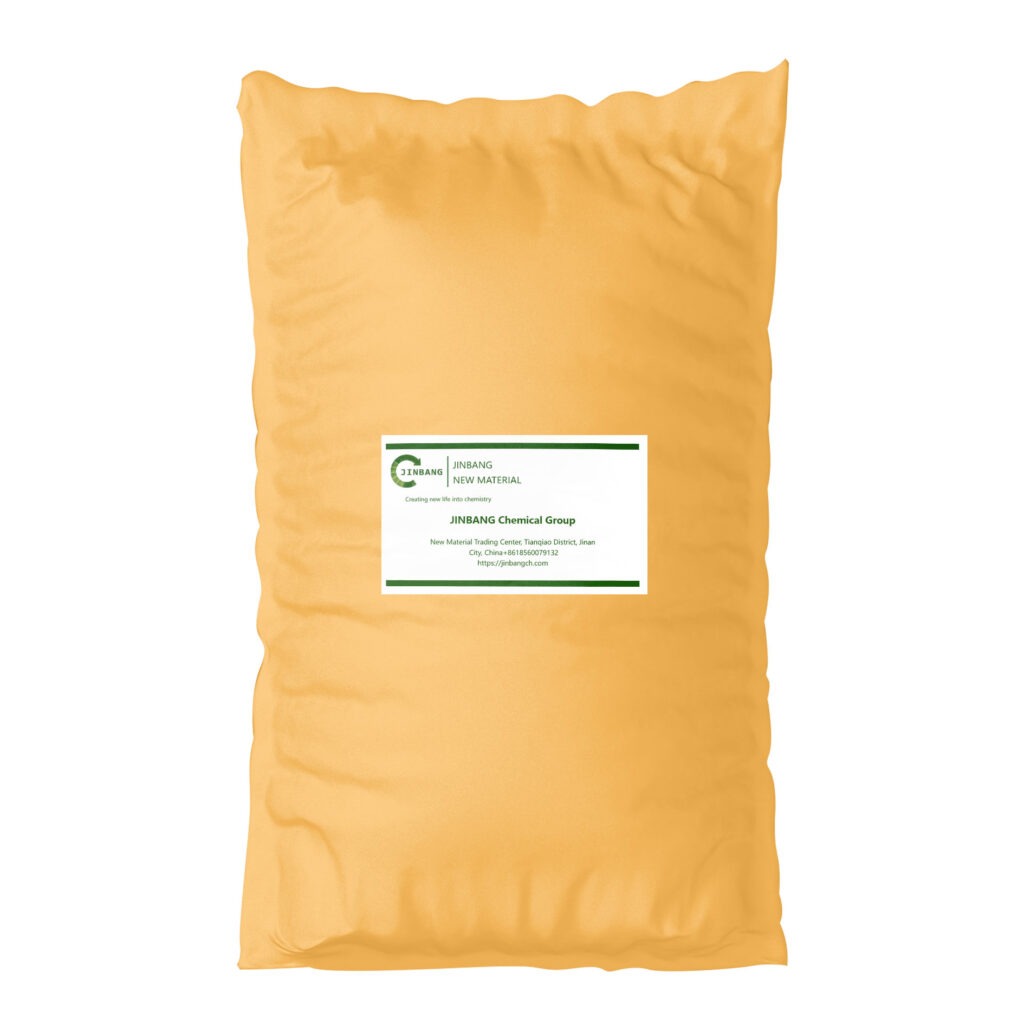
Ammonium polyphosphate is an environmentally friendly, non-toxic, halogen-free flame retardant. Chemically, ammonium polyphosphate is an organic salt of polyphosphoric acid and ammonia
Ammonium polyphosphate is an environmentally friendly, non-toxic, halogen-free flame retardant. Chemically, ammonium polyphosphate is an organic salt of polyphosphoric acid and ammonia.
The chain length (n) of this polymeric compound can be linear or branched. Depending on the degree of polymerization, there are two main types of ammonium polyphosphates (APPs):
APP Phase I – these are short, linear APP chains.
The APP behaves as a flame retardant in an intumescent coating in the presence of other chemicals.
Ammonium Polyphosphate Properties & Uses (Phase I)
KYLIN APP1 has high phosphorus and nitrogen content, high degree of polymerization, low water solubility, good thermal stability and low toxicity.
• Uses: It is used to manufacture a range of high-efficiency expanding flame retardant coatings used in the construction industry, ships, trains, cables, etc. Also suitable for flame retardant treatment of wood, plywood, fibreboard, paper, fiber…
KYLIN APP100 has lower phosphorus and higher nitrogen content than KYLIN APP1, high water solubility, and good compatibility with other flame retardants and auxiliary chemicals.
• Uses: It is used to produce 20% phosphorus/nitrogen flame retardants, it can be used alone or in combination with other flame retardant treatment materials for textiles, papers, fibers and woods. Special treatment can be used to produce highly concentrated 50% flame retardant formulations required for specific applications
KYLIN APP111 has lower phosphorus and higher nitrogen content than KYLIN APP1, very high water solubility (over 150 grams in 100 ml of water at 25°C) and good compatibility with other flame retardants.
• Use: It can be used alone or in combination with other materials for flame retardant finishing of textiles, paper, fibers and wood.
Buy Ammonium Polyphosphate from Jinbangch
APP Phase II – these APPs have a high degree of polymerization with n > 1000 and are branched (crosslinked), they also have higher thermal stability, decomposition starts at around 300 °C
The APP behaves as a flame retardant in an intumescent coating in the presence of other chemicals. When exposed to fire or heat, APP-II decomposes to polymeric phosphate acid and ammonia. The polyphosphoric acid reacts with hydroxyl groups in the formulation to form an unstable phosphate ester. After the phosphate ester has dried out, a carbon foam forms on the surface, which acts as an insulating layer. With this mechanism, the APP does not generate any additional amounts of smoke.
Ammonium Polyphosphate Properties & Uses (Phase II)
It is used as flame retardants in polymers, have long chains and a specific crystallinity (Form II). At 240 °C they begin to decompose into ammonia and phosphoric acid. The phosphoric acid acts as an acid catalyst in the dehydration of carbon-based polyalcohols such as cellulose in wood. The phosphoric acid reacts with alcohol groups to form heat-unstable phosphate esters. The esters decompose to liberate carbon dioxide and regenerate the phosphoric acid catalyst [citation needed]. In the gas phase, the release of non-combustible carbon dioxide helps to dilute the oxygen in the air and combustible decomposition products of the burning material. In the condensed phase, the resulting carbonaceous char helps protect the underlying polymer from oxygen and radiant heat attack. Use as an intumescent is achieved when combined with starch-based materials such as pentaerythritol and melamine as blowing agents. The mechanisms of intumescence and the mode of action of APP are described in a series of publications KYLIN APP201 & KYLIN APP203 (modified with silane) can be used in solvent and water based intumescent coatings, different types of systems like rubber, PU foam, expandable fire retardant coatings etc. APP is compatible with a variety of different resin types:
• Thermosetting plastics – polyester, epoxy (EP), polyurethane (PUR),
• The APP can also be used with ATH (Alumina Trihydrate), a flame retardant filler that allows the ATH content to be significantly reduced to improve workability.
• Thermoplastic resins – polypropylene (PP), polyethylene (PE), polyvinyl chloride (PVC), … here APP shows good processability, good retention of mechanical properties and good electrical properties.
KYLIN APP203 has the following properties compared to the untreated variety (KYLIN APP201):
• Reduced solubility in water
• Reduced viscosity in water
• Improved dispersibility and compatibility with polymers and resins
• Better flowability of the powder
• Improved thermal expansion efficiency
Durability
When stored properly, the shelf life is 24 months
Ammonium Polyphosphate Health & Safety
For detailed information on the product described, please refer to our relevant Health and Safety Information (Material Safety Data Sheet)







